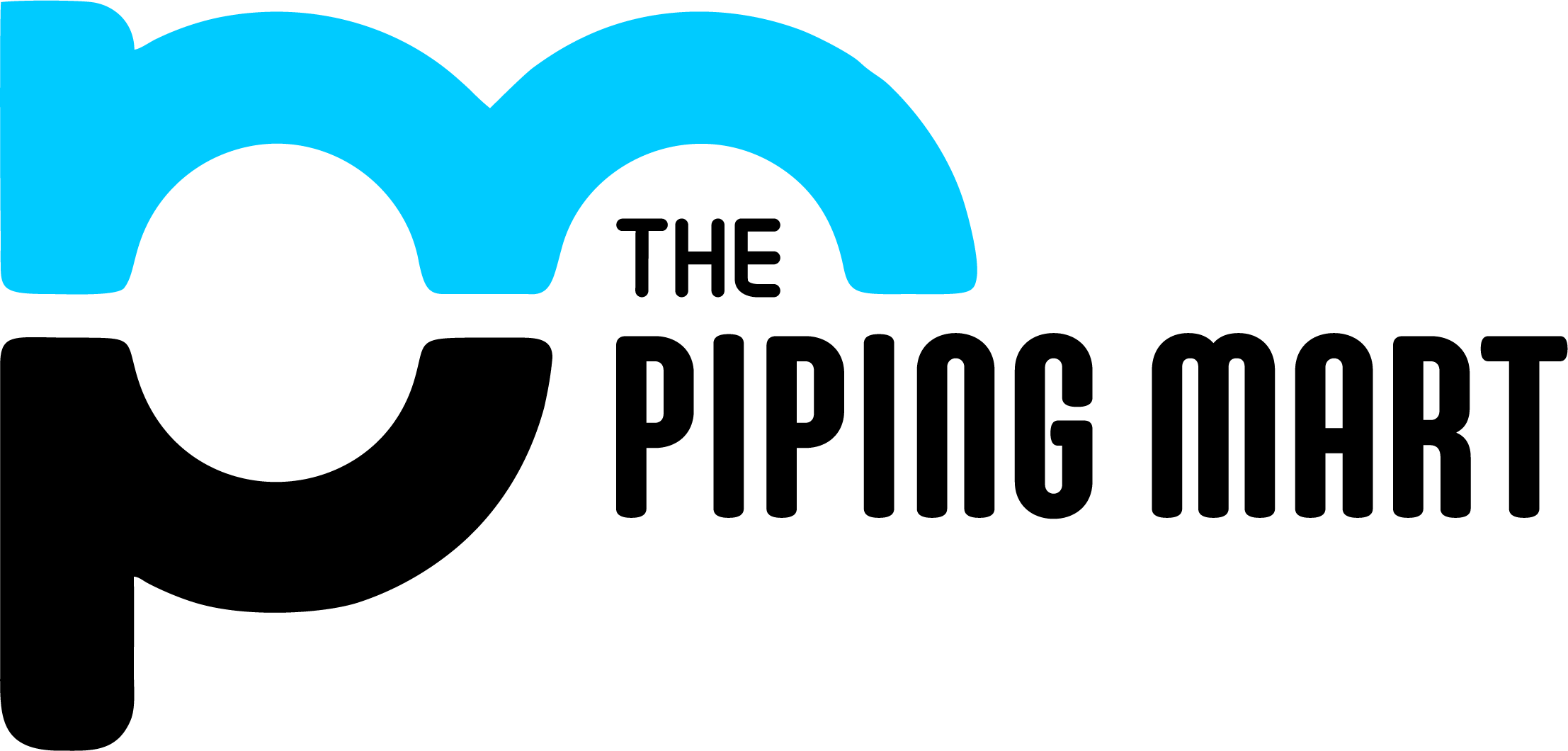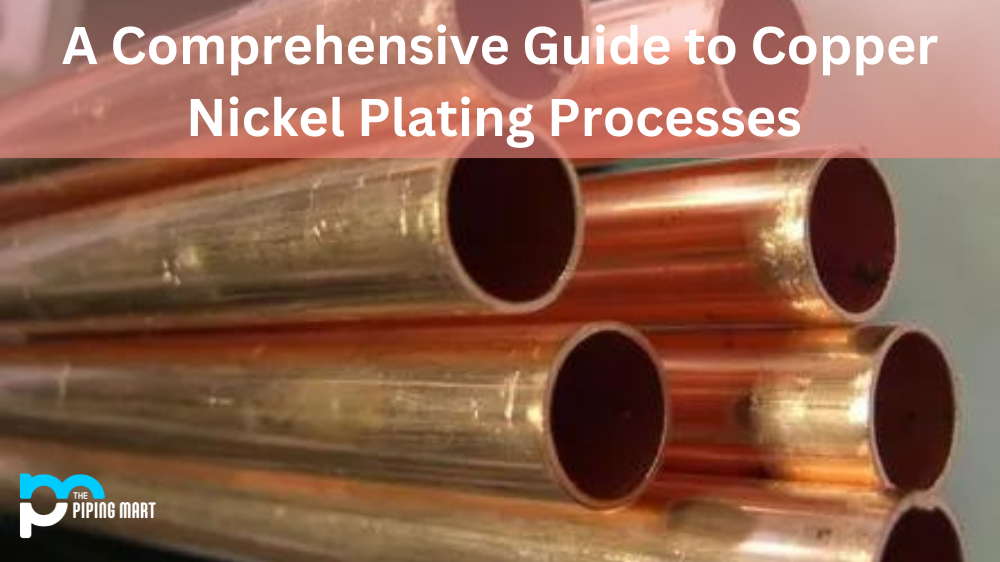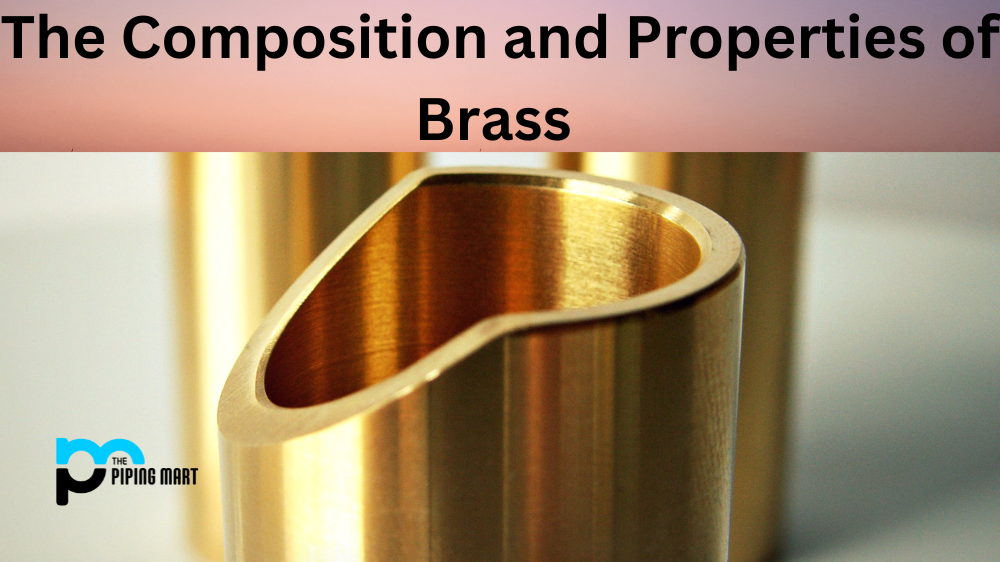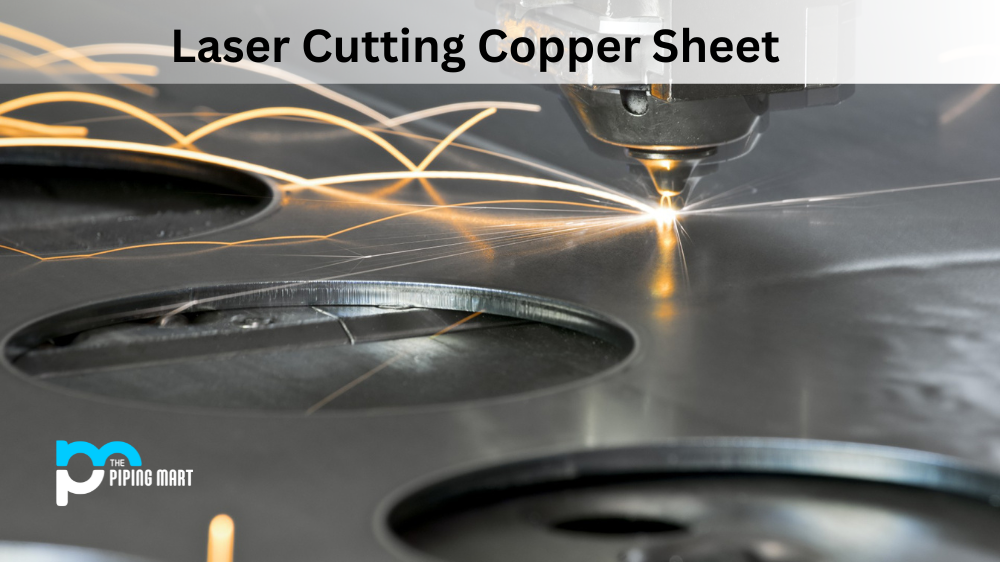When choosing the correct steel for your project, the options can be overwhelming. Each type of steel has unique properties and characteristics, making it essential to choose the right one for the job. Two popular choices in the steel industry are 1070 and 1075 steel. Both have a similar composition, but subtle differences can affect your project’s outcome. In this blog post, we’ll explore the differences between these two types of steel and help you determine which is suitable for your project.
Difference Between 1070 and 1075 Steel
First, let’s look at what makes 1070 and 1075 steel unique. Both steels are high-carbon steel alloys commonly used to produce knives and other cutting tools. 1070 steel has a carbon content of 0.70%, while 1075 steel has a carbon content of 0.75%. This difference in carbon content may seem small, but it can significantly impact the steel’s properties and performance.
Hardness
One key difference between these two types of steel is their hardness. 1075 steel is known for its exceptional hardness, making it an ideal choice for knives and other cutting tools that require a sharp edge. On the other hand, 1070 steel has a slightly lower hardness, making it a better choice for applications that require more flexibility and durability.
Toughness
Their toughness is another factor to consider when choosing between 1070 and 1075 steel. Toughness measures a material’s ability to withstand stress without breaking or cracking. While both types of steel are relatively rigid, 1075 steel has a slightly higher toughness than 1070 steel. This makes 1075 steel a better choice for applications that require a high degree of toughness, such as springs and other high-stress applications.
Corrosion Resistance
When it comes to corrosion resistance, both types of steel perform similarly. However, 1075 steel has a slightly higher level of manganese, which can improve its corrosion resistance compared to 1070 steel. For this reason, 1075 steel may be a better choice for applications exposed to moisture, such as outdoor tools or knives used near water.
Cost
Finally, it’s essential to consider the cost when choosing between these two types of steel. Due to its higher carbon content, 1075 steel can be more expensive than 1070 steel. However, depending on the steel’s intended use, this cost difference may be worth it.
Properties
The properties of 1070 steel are Tensile Strength: 930 MPa, Yield Strength: 730 MPa, and Elongation: 12%. The properties of 1075 steel are Tensile Strength of 1000 MPa, Yield Strength of 800 MPa, and Elongation of 11%.
Uses
1070 steel is used for making knives and other edged tools because of its high carbon content and good toughness properties. 1075 steel is also used for making knives and other edged tools, but it is less widely used than 1070 steel because it is slightly less rigid.
Heat Treatment
1070 Steel can be heat treated to achieve various properties, such as hardness, strength, and ductility. 1075 steel can also be heat treated to acquire multiple properties, but it is less widely used for this purpose than 1070 steel because it is slightly less rigid.
Weldability
1070 steel is weldable but not as easily welded as other steel because of its high carbon content. 1075 steel is also weldable, but it is even less easily welded than 1070 steel because of its higher carbon content
Conclusion
Choosing between 1070 and 1075 steel requires careful consideration of the intended use for your project. Both steel types have unique properties and characteristics, and selecting the right one can make all the difference in your project’s success. While 1075 steel is known for its exceptional hardness and toughness, 1070 steel is more flexible and durable. You can determine which steel best suits your project by considering hardness, toughness, corrosion resistance, and cost factors. Regardless of your choice, 1070 and 1075 steel are excellent for cutting tools, knives, and other high-performance applications.

A passionate metal industry expert and blogger. With over 5 years of experience in the field, Palak brings a wealth of knowledge and insight to her writing. Whether discussing the latest trends in the metal industry or sharing tips, she is dedicated to helping others succeed in the metal industry.




